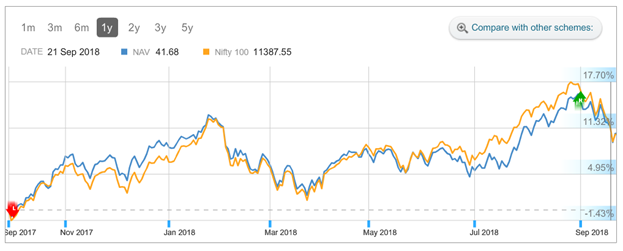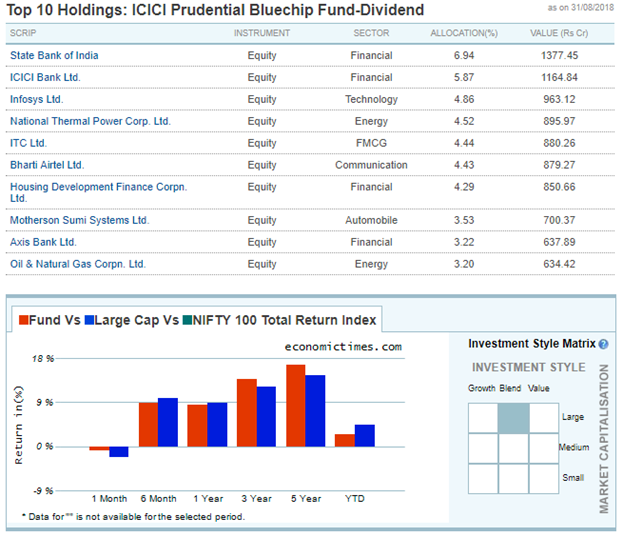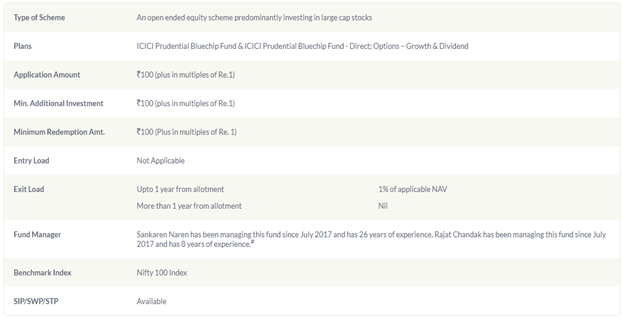Ms. Pooja, a 42-year-old professional, was walking home after work when she suddenly suffered from a heart attack and had to be taken to the hospital immediately. Though she survived the attack, she had to undergo an angioplasty. The doctors informed her that the cost of the angioplasty was around INR 1 lakh. While Ms. Pooja was covered under a mediclaim policy, it did not offer coverage for the surgery. Her family members had to make last-minute arrangements for funds to meet her treatment costs. Pooja was not only worried about her recovery, but was also burdened under the financial debt of exorbitant medical bills.

Like Ms. Pooja, many are unaware that basic health insurance plans do not provide coverage against critical illnesses. You, therefore, have to make out-of-pocket expenses towards the treatment of the same. A simple solution to such an issue is to avail of coverage under a critical illness policy.
About critical illness policy
Critical illnesses refer to life-threatening diseases such as kidney failure, heart attack, stroke, cancer, and permanent paralysis, among others. A critical illness policy is an insurance product that offers financial protection against such dreaded diseases. The insurance provider is liable to pay a lump sum amount upon diagnosis of the any of the critical illness as mentioned in the policy document.
Reasons to invest in a health insurance policy that includes critical illness
The benefits of purchasing a critical illness coverage are numerous. Following are six major reasons why you should purchase such a policy at the earliest.
- Provides financial security
Since the insurance provider offers a lump sum amount upon diagnosis of the disease, you may meet the cost of your treatment rather easily. You do not have to deplete your life savings or suffer from a major monetary blow. You may also use the lump sum amount to cover numerous other financial obligations, like lifestyle expenses, travel expenditure in case treatment is to be received at a far-away location, repayment of an existing debt, among others.
- Offers coverage against medical inflation
Medical inflation in India has reached a high of 13% to 15%. Private hospitals charge around INR 1.25 lakh to INR 2 lakh for an open heart surgery. The expenses incurred towards a valve surgery is even higher, with the cost ranging anywhere between INR 2.5 lakh to INR 2.75 lakh. Besides, the cost of diagnostic tests can be financially burdensome as well. For example, coronary angiography, which is a test that displays the insides of the coronary arteries, costs around INR 10,000 to INR 15,000. A critical policy comes to your rescue against rising medical costs. You may avail of quality treatment and focus on a speedy recovery by utilizing the lump sum amount received to pay for your treatment.
- Acts as income replacement
Diagnosis of a critical illness may affect your ability to work. You may be unable to generate income, for a temporary or even a permanent basis. Besides, your family will be left in a financial crunch if you are the breadwinner. You may, therefore, buy health insurance to ensure that your financial needs are taken care of even if you have contracted a critical illness. The salary that you used to draw from your workplace may be compensated through the sum assured amount offered by the insurer.
- Supplements your employer insurance
It is important to note that employer group policies generally do not cover critical illnesses. Additionally, you may lose insurance benefits if you switch the company or quit your current job. Opting for a critical illness cover, therefore, supplements your employer insurance policy while providing critical illness coverage at the same time.
- Ensures lower rates upon early purchase
The risk of contracting a critical illness is lower while you are young. Insurers perceive you as a low-risk individual and offer the benefit of low premiums when you invest in health plans early in life. Since the cost of premiums depends on age, you may consider investing in a critical illness policy as early as possible. Additionally, you may enjoy higher sum insured if you are in a lower age range.
- Provides general tax benefit
Premiums payable towards your policy is allowed as deduction from your taxable income. Section 80D of the Income Tax Act, 1961, offers tax benefit in this regard. You may avail of tax benefit up to a maximum limit of INR 25,000 on premiums paid for self, spouse, and dependent children. You may claim an additional deduction of INR 25,000 towards premiums paid for covering your parents (if your parents are not senior citizens). If you are above 60 years of age, you may claim a higher tax benefit of INR 50,000. Besides, covering your retired parents will fetch you an additional INR 50,000 tax benefit. This means that you may usurp total tax benefit of INR 1 lakh (INR 50,000 + INR 50,000). Reducing tax liability is, therefore, one of the numerous health insurance benefits.
It is rightly said that health is wealth. You may protect your health by investing in a health plan that covers critical illnesses. By doing so, you may receive the much-needed financial support during challenging times.















